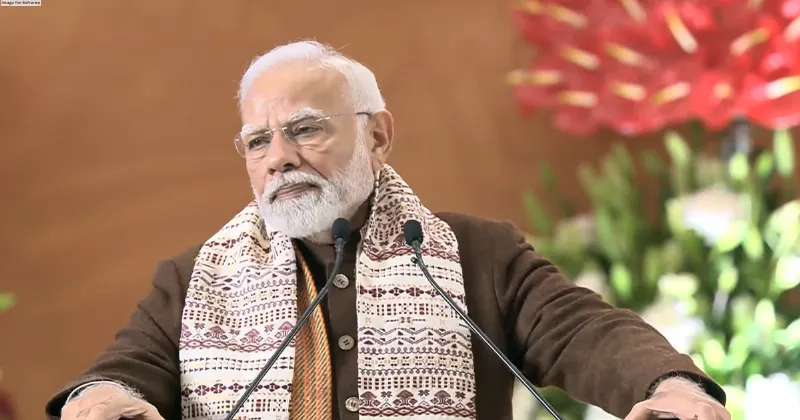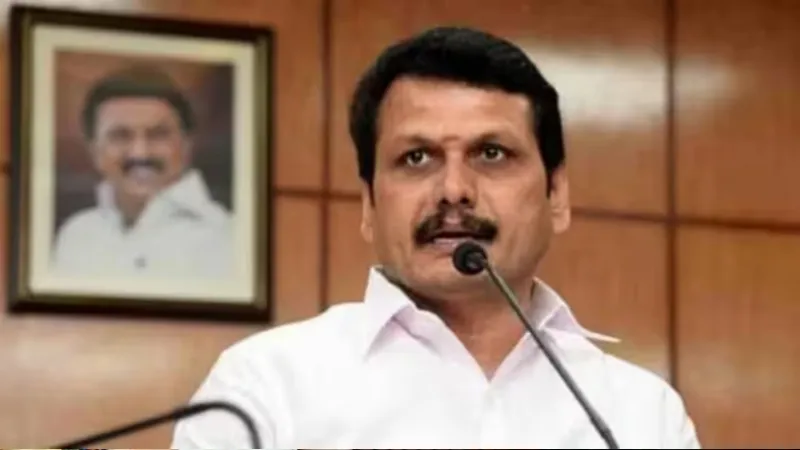Latest News
INDO-CHINA PATROLLING PACT A WORKABLE TRUCE POST GALWAN

The border dispute between India and China has prevailed since the Indo-Sino war in 1962. The border areas that stretch from Arunachal in the East till Ladakh in the North are not properly demarcated and have remained a point of contention between the two countries. The Line of Actual Control (LAC) delineates areas of physical control rather than territorial claims. India asserts that the de facto border is 3,488 km long; while China contends it is significantly shorter. Beijing claims approximately 90,000 sq km of Indian Territory in the northeast, including parts of Arunachal Pradesh, whereas India maintains that 38,000 sq km of land in China-occupied Aksai Chin is integral part of Ladakh. Following the 2020 clashes, both India and China ramped up their troop’s deployment, but they have since withdrawn forces from certain areas along the northern and southern banks of Pangong Tso Lake, as well as in Gogra and Galwan Valley. The agreement has been reached after weeks of talks for a long time to sort out the patrolling arrangement in the region and is prelude to complete disengagement by both sides in the Ladakh region.
The disengagement is on but not yet fully in place. In a mutually beneficial step and a positive development, India and China have reached a breakthrough agreement to restore patrolling arrangements in eastern Ladakh to their pre-2020 status, including key areas like Depsang and Demchok. This Border Patrolling Pact is culmination of two Foreign Minister-Level Meetings, 31 Working Mechanism for Consultation and Coordination (WMCC) & 21 Military Talks. Demchok holds great significance for both countries due to its proximity to the southernmost part of the LAC in Ladakh. New clashes and heated exchanges erupted in 2020 when with Chinese authorities tried to prevent India from building infrastructure in the region, including improving road connectivity in Demchok area. The Depsang Plains is a flat area located near Daulat Beg Oldie (DBO) in the northwestern part of the disputed Aksai Chin region in UT Ladakh. This area, previously occupied by China, has seen India make significant progress, including the construction of a road leading to it. India’s Darbuk-Shyok-DBO (DSDBO) road, which leads to DBO has a military base with an airstrip and runs close to the valley. For China, the Galwan region offers a strategic vantage point overlooking the road to DBO. These areas have witnessed a series of conflicts ever since the Galwan clash in 2020. The Galwan clash erupted on May 5, 2020, on the north bank of the Pangong Tso Lake. It eventually led to a major clash on June 15 between an Indian patrol and PLA troops in Galwan Valley. The clashes also led to casualties on both sides. In a diplomatic breakthrough, India and China reached an agreement on 21 October, 2024 to deescalate tensions at their disputed Himalayan border, where both nations have faced ongoing military tensions for many years.
The publicly disclosed details of the deal are sparse and its execution will be tested in time ahead but represents a step towards resuming border patrols and easing tensions. The deal is far from a resolution of the larger border conflict that has plagued the two nation’s relationship for decades. The deal has triggered the disengagement process and will reduce the financial burden as well as the pressure of continuous face to face deployment on LAC. The agreement will reduce face-offs between the two militaries by pulling back their troops slightly from current positions to avoid future clashes and maintaining oversight through scheduled patrolling and monthly review meetings. The agreement is best described as positive and good confidence building measure to resolve the long pending border dispute between two powerful neighbors. There is a need to make the terms of the agreement clear in terms of the buffer zones - areas along the border where neither side is supposed to patrol will be maintained or dissolved. The deal looks like a tactical measure rather than a comprehensive solution. The agreement preceded the BRICS summit in Kazan, Russia enabling Chinese President Xi Jinping and Indian PM Narendra Modi to present a more unified front.
THE VIEWS EXPRESSED BY THE AUTHOR ARE PERSONAL
Col Rajesh Bhukar, The writer is a Post Graduate in International Studies, Alumni of Defence Services Staff College, Wellington and College of Combat, Mhow [email protected]





















